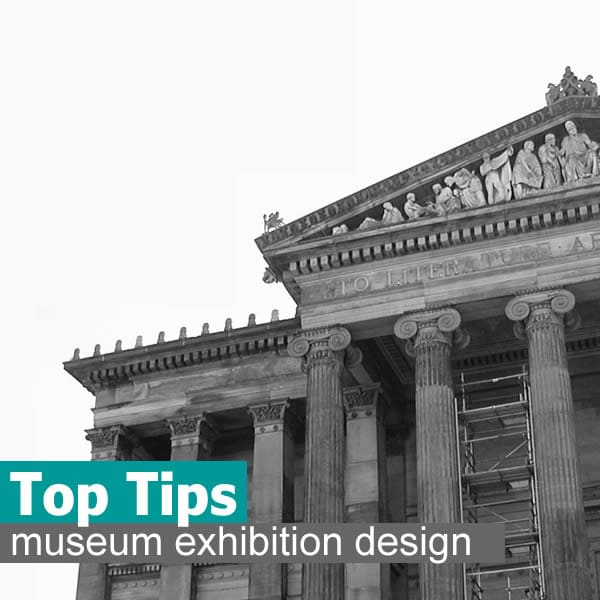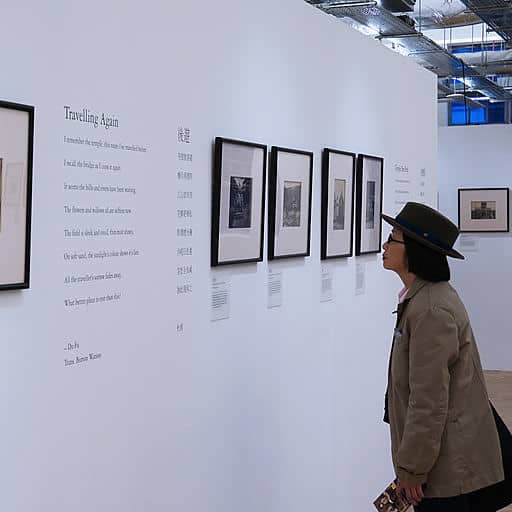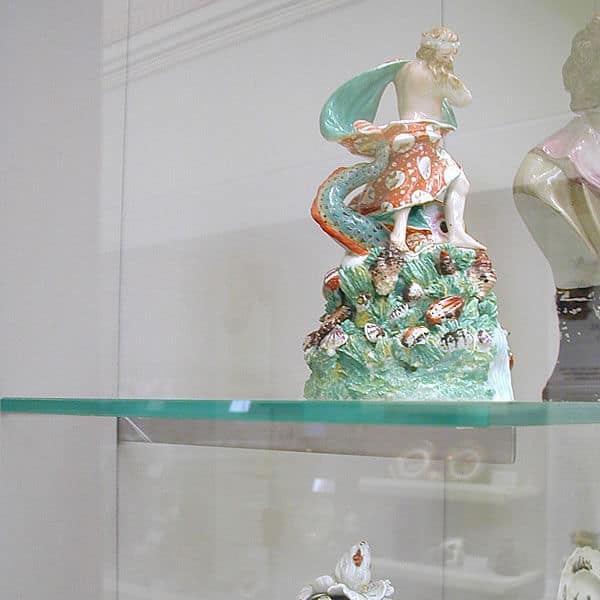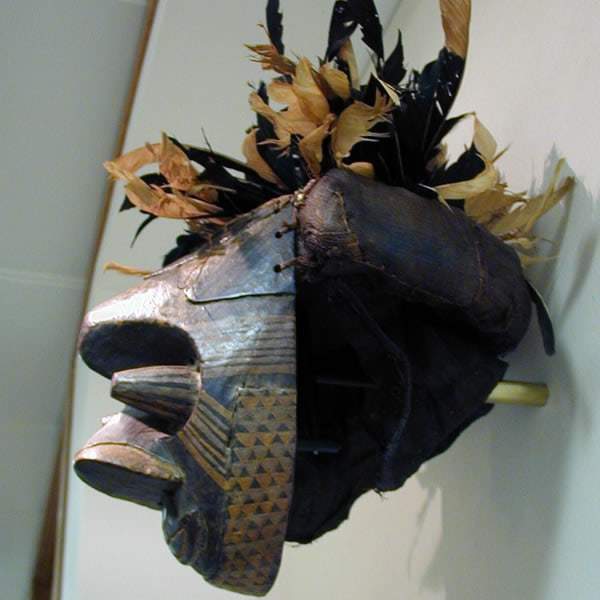

Top tips to produce great Museum Exhibition Design – (Part 1)
Let me start by saying that I am not keen on making a top 10 list of great museum exhibition designs. There are already so many others available online. Nonetheless, as it was a reader request, I started to revisit the idea.
Firstly, it takes far more than ten tips to generate something noteworthy. The end design has to capture the best qualities of local and prominent museums. You cannot just produce great museum exhibition design by exclusively following a top-tips list. I liken it to making your favourite fruit pie. It takes high-quality ingredients. However, without getting those in the correct order and precise amounts to harmonise, it won’t even make a medico, let alone the best fruit pie! On the other hand, getting advice from professional museum designers and benefiting from their expert knowledge and experience will prove invaluable. Their guidance might create your very own Michelin-star-quality fruit pie.
So where to start?
There’s a good chance that if you are reading this article, you have spent a lot of time looking around museums and art galleries, either as part of your career or as a tourist. Moreover, you probably already have a pretty good idea of what you liked and disliked about these museums. You may not even remember them at all. However, one tends to find that, unless it was an exercise for work, you would probably struggle to name your top three museums, either from home or internationally. If you can recall your top three museums or galleries, you will know the reasons why.
For others, don’t feel bad, as you make up the majority of visitors. You are part of the group that visits museums as a must-do or as one of the things to do on your bucket list. I wonder how many of these visitors, after walking around with overloaded backpacks, are learning something before having to succumb to their next latte.
The fix of refreshments is almost the highlight of the visit!
When you visit a museum or gallery, it’s not uncommon to find that many of these environments, especially the larger, more established ones, can be rather dull and uninspiring. The way information is presented to visitors often fails to engage or excite their curiosity, leaving them feeling bored and unenthusiastic in the exhibits. It’s like reading an old newspaper, with small, cramped text that you have to strain to read, compared to modern magazines and publications that use bold headlines and colourful images to grab your attention and draw you into the story.
If you watch people as they pass by a great master painting or sculpture in a museum or gallery, you’ll notice that some simply snap a few photos and move on, while others give it a temporary glance before consulting their guidebook/map to find the nearest bathroom or cafe. Some people may be intrigued by the artworks on display but cannot locate any supporting information or context, or the presentation is lacklustre and unappealing.
Of course, some scholars and experts require a more specialised and in-depth approach to the exhibits.
Thus, the majority of visitors have not been inspired or stimulated, so keep on walking. They do so by giving the barest of glimpses of engagement, as if they were walking around their local supermarket, doing the weekly shopping. The supermarkets know how to stimulate their visitors. Therefore, you would have thought museums would have also put these tools in place!
To truly immerse visitors and create a memorable experience, museums and galleries must find ways to make their exhibits more punchy, interactive, and accessible to a broader range of audiences. This could involve incorporating multimedia elements, such as videos, interactive displays, and virtual reality experiences, or providing more detailed and engaging written descriptions of the exhibits.
Additionally, museums could offer guided tours, engaging apps, talks, AR (Augmented Reality) immersions or museum workshops to help visitors better understand and appreciate the art and objects on display. By making these changes, museums and galleries can enhance the visitor experience and encourage more people to engage with and understand the world of art.
Next time, I will include a list of my top tips on how to create a great museum exhibition design, whatever the budget.
Update: You can check it out here: 23 top tips on museum exhibition design, or, if you prefer a more comprehensive list, check out the top five tips for designing innovative museum exhibits.




